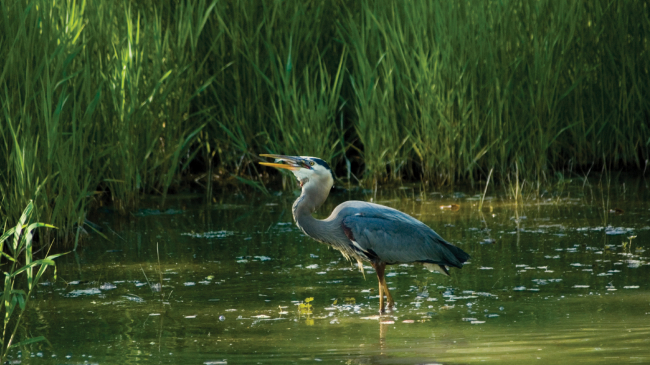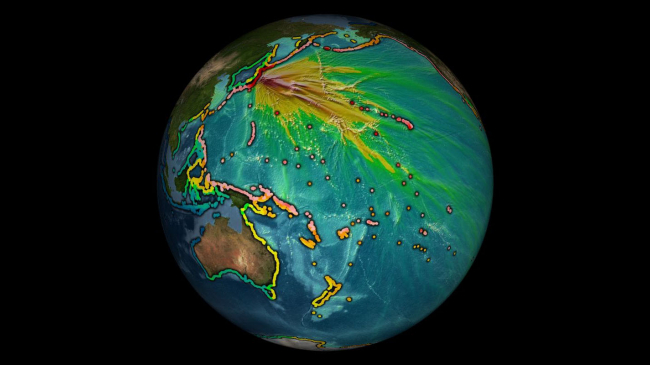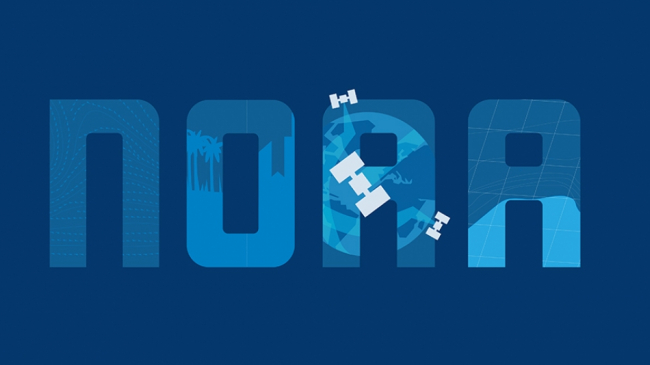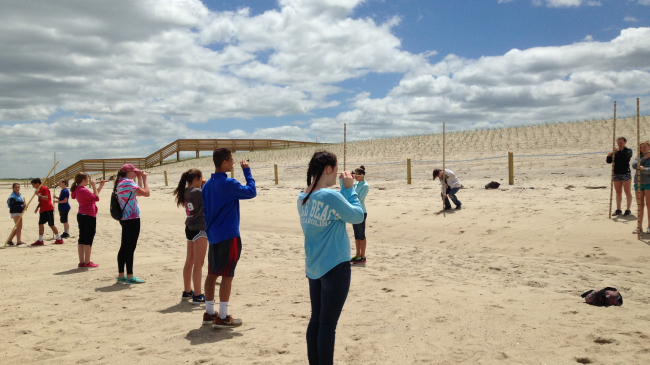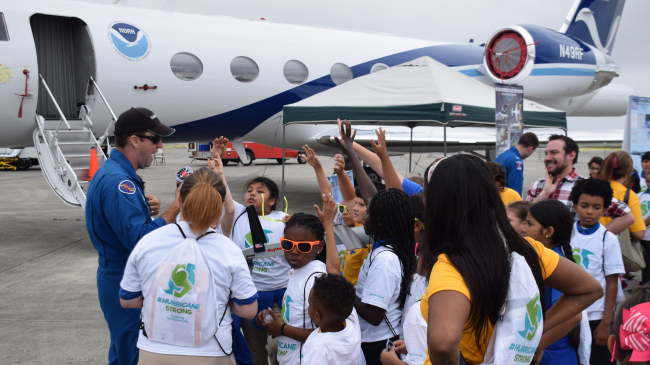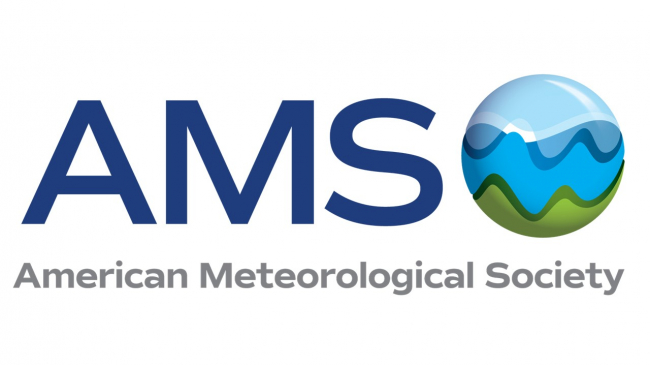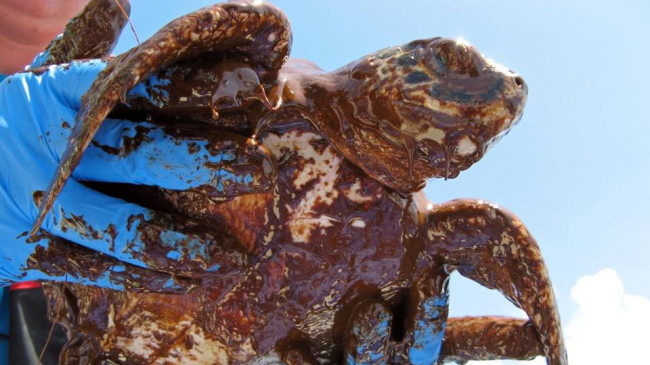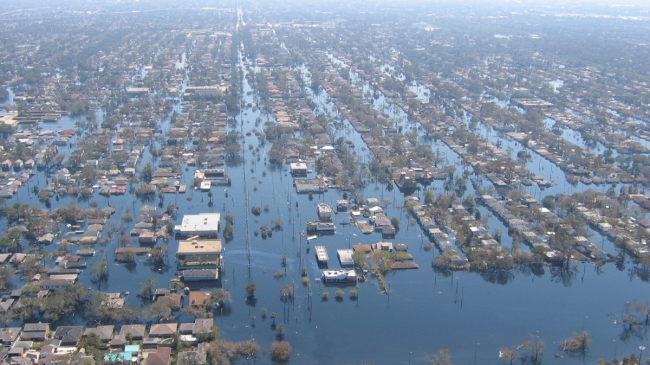Estuaries are areas of water and shoreline where rivers meet the ocean or another large body of water, such as one of the Great Lakes. Organisms that live in estuaries must be adapted to these dynamic environments, where there are variations in water chemistry including salinity, as well as physical changes like the rise and fall of tides. Despite these challenges, estuaries are also very productive ecosystems. They receive nutrients from both bodies of water and can support a variety of life. Because of their access to food, water, and shipping routes, people often live near estuaries and can impact the health of the ecosystem.
Topic: Education
A 13-week distance-learning course that investigates the mass and energy flows associated with the global climate system and the related issues using real-time data, text reading, activities, and online investigations. Course materials are included and teachers receive 3 graduate credits upon completion of the course.
Oil is an ancient fossil fuel that we use to heat our homes, generate electricity, and power large sectors of our economy. But when oil accidentally spills into the ocean, it can cause big problems. Oil spills can harm sea creatures, ruin a day at the beach, and make seafood unsafe to eat. It takes sound science to clean up the oil, measure the impacts of pollution, and help the ocean recover.
The water in your watershed quenches thirst, grows food, washes clothes, and powers industry. However, too much water can cause raging floods and flush pollutants and soil into rivers and streams. How do we interact with the water in our watershed?


